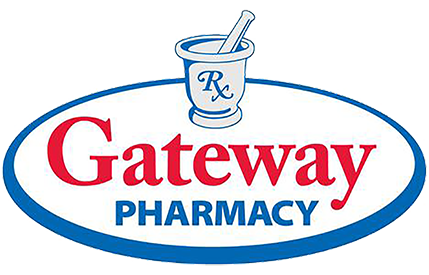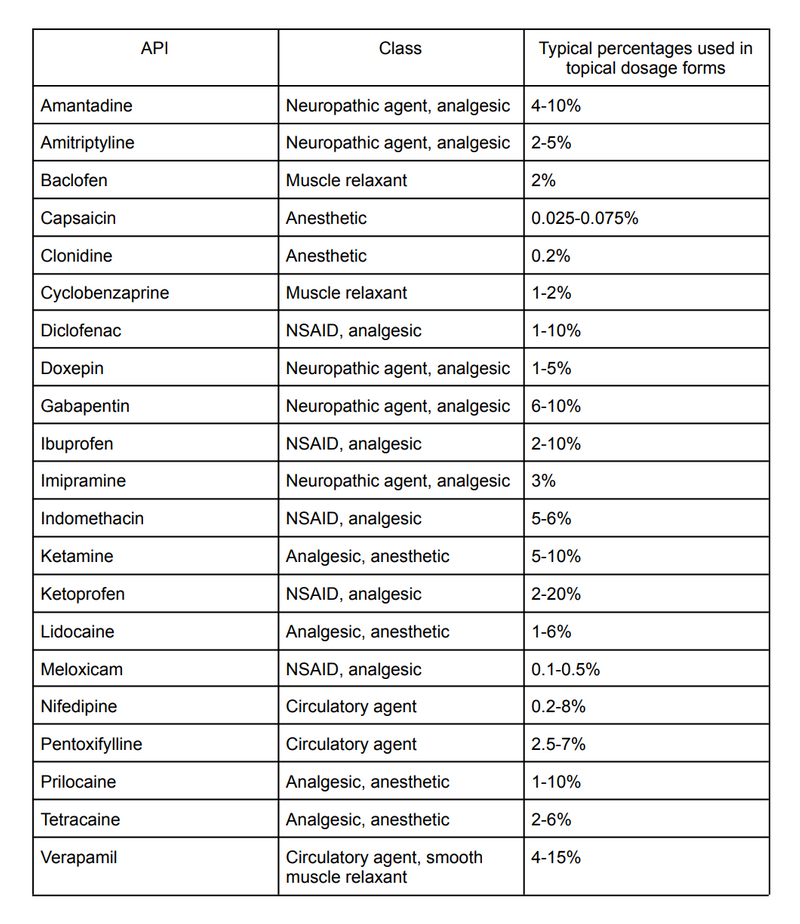Listed below are a few of the unique compounded medications that may be helpful to your patients.
Pain Management
The following table lists many of the active pharmaceutical ingredients used in the treatment of pain. They can be used individually or in combination.
API Used in the Treatment of Pain
Examples of individual API pain management creams
- Ketoprofen 10% or 20% topical cream
- Diclofenac 5% topical cream
Examples of combination API pain management creams
- Benzocaine 20% / Lidocaine 6% / Tetracaine 4% (“BLT”) cream
- Diclofenac 3% / Baclofen2% / Cyclobenzaprine 2%/ Gabapentin 6% / Tetracaine 2% cream
- Ketamine 10% / Baclofen 2% / Cyclobenzaprine 2% / Gabapentin 6% / Lidocaine 5% cream
- Ketamine 10% / Ketoprofen 20% / Baclofen 2% / Clonidine 0.2% / Lidocaine 5% cream
- Ketoprofen 20% / Amitriptyline 2% / Cyclobenzaprine 2% / Lidocaine 2% / Prilocaine 2% cream
- Lidocaine 23% / Tetracaine 7% cream
- Meloxicam 0.09% / Gabapentin 6% / Lidocaine 2% / Prilocaine 2% Cream
Low dose naltrexone - capsules, troches, suspensions or creams - click here to learn more
Migraine
- ACI capsules (similar to Midrin, which is no longer commercially available)
- Acetaminophen 325 mg/ Chloral hydrate 100 mg/ Isometheptene mucate 65mg
- Indomethacin 25 mg or 50 mg suppositories
- Ibuprofen 50 mg to 800 mg suppositories
- Ketamine 25 mg/mL to 100 mg/mL nasal spray
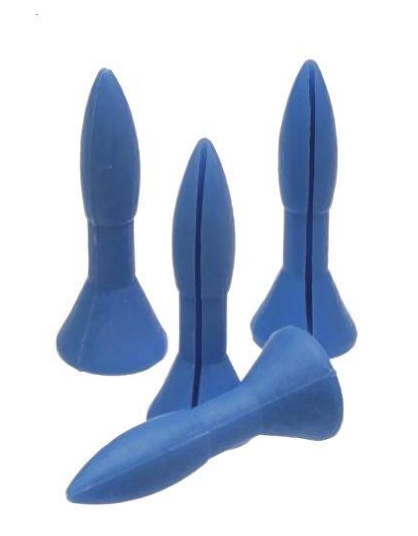
Colon & Rectal Health
Calcium channel blocker ointments with or without lidocaine
- Lidocaine 1% to 5%
- Nifedipine 0.2% to 0.3%
- Diltiazem 2%
- Nitroglycerin 0.125% to 0.4%
Hydrocortisone USP suppositories with or without lidocaine
- Hydrocortisone 12.5mg to 100mg
- Lidocaine 1% to 5%
Short-chain fatty acid enemas
Sodium butyrate 0.44% enemas
Metronidazole suspension
- 10 mg/mL
- 20 mg/mL
- 50 mg/mL
- 100 mg/mL
Vancomycin solution or enema
- Typical oral dosing: 125mg/5mL, 250mg/5mL
- Typical enema dosing: 500mg/100mL
Omeprazole compounded suspension
- 2 mg/mL
- 5 mg/m L
Lansoprazole compounded suspension
- 2 mg/mL
- 3 mg/mL
- 6 mg/mL
Pantoprazole 2 mg/mL suspension
Bethanechol suspension
- 1 mg/mL
- 5 mg/mL
Budesonide capsules, suspensions, suppositories or enemas
- Common capsule strengths: 0.6 mg, 1 mg, 2 mg
- Common oral suspension strengths: 1 mg/mL, 2 mg/mL, 2 mg/8 mL
- Common suppository strengths: 1 mg, 2 mg, 4 mg, 5mg and 10mg
- Common enema strengths: 1 mg/30 mL
Mesalamine suppositories or enemas
- Common suppository strengths: 500mg, 250mg
- Common enema strengths: 4 g/60 mL
Sucralfate suspensions, suppositories and enemas
- Common oral suspension strengths: 100 mg/mL, 200 mg/Ml
- Common suppository strengths: 500 mg
- Common enema strengths: 100 mg/mL, 2 g/30 mL, 1 g/ 10 mL
Rectal rockets can include any combination of active ingredients such as any of the calcium channel blockers, hydrocortisone and lidocaine.
- Most commonly prescribed combination is hydrocortisone 2% with lidocaine 3%
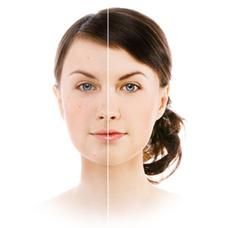
Dermatology
Antipruritic
- Ketamine 10% / Amitriptyline 5% / Lidocaine 5%
Psoriasis
- Betamethasone 0.1% / Urea 10% ointment
- Salicylic acid 3% / Betamethasone 0.05% ointment
- Clobetasol 0.05% / Salicylic acid 5% ointment
- Cyanocobalamin 0.07% cream
- Clobetasol 0.05% topical oil
- Urea 40% cream or ointment
- Urea 40% pourable gel for nail involvement
Topical Anesthetics (prior to procedure)
- “BLT” cream or ointment (benzocaine 20% / Lidocaine 6% / Tetracaine 4%)
- Lidocaine 23% / Tetracaine 7% cream or plasticized base
Diaper rash ointment combinations
- Cholestyramine 20% to 40% ointment
- Hydrocortisone 2.5% / Nystatin 1%/Zinc Oxide
Scars/Keloids
- Verapamil 15% cream
Under eye circles
- Caffeine 3% / Vitamin K 1% / Ascorbic acid 1% cream
- Caffeine 3% / Vitamin K 1% cream
- Ascorbic acid 20% cream
Hyperpigmentation
- Hydroquinone 6% / Kojic acid 8% cream
- Tranexamic acid 5% cream
Acne
- Clindamycin 2% / Niacinamide 4% / Benzoyl Peroxide 5% cream
Rosacea
- Ivermectin 1% / Oxymetazoline 1% cream
- Ivermectin 2% / Niacinamide 4% / Metronidazole 2% cream
Porokeratosis
- Cholesterol 2% / Simvastatin 2% cream or ointment
- Cholesterol 2% / Lovastatin 2% cream or ointment
Warts
- Salicylic acid 40%/Lactic acid 17% in flexible collodion
- Cantharidin Plus topical liquid (for office use)
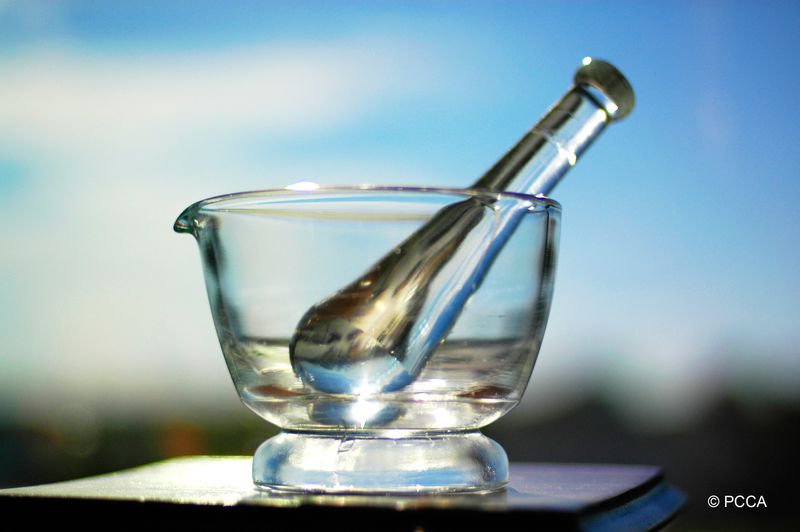
Ear, Nose and Throat
Allergic Rhinitis
- Ketotifen fumarate 0.025% nasal spray
- Ketotifen 0.025%/Budesonide 0.03% nasal spray
- Budesonide 0.5 mg or 0.6 mg capsules to be used for nasal irrigation
- Fluticasone propionate 3 mg capsules to be used for nasal irrigation
Sinus infection (irrigations)
- Gentamicin 125 mg/Mupirocin 75 mg/Fluticasone 3 mg capsules to be used for nasal irrigation
- Mupirocin 5 gm/90 mL nasal spray
Otitis
- Antibiotic ear powder: hydrocortisone/nystatin/neomycin/boric acid
Eosinophilic esophagitis
- Budesonide 2 mg/8 mL oral suspension
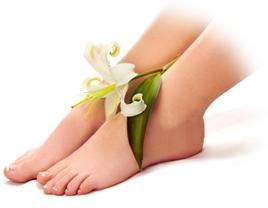
Podiatry
Listed below are a few of the unique compounded medications medical practitioners trust and prescribe:
Corns/Calluses
- Salicylic acid 10% cream (with or without menthol)
Rough/dry feet
- Urea 20%/Lactic acid 5% cream
Plantar warts - examples of regularly applied treatments
- Salicylic acid 40%/Lactic acid 17% in flexible collodion
- Salicylic acid 30% topical ointment
- Salicylic acid 60% topical paste
Plantar warts - examples of office use products and sensitizers
- Cantharidin 0.7% topical liquid
- Cantharidin plus topical liquid
- Cantharidin 1% / Salicylic acid 30% / Podophyllum 5% topical liquid Squaric acid 0.1% topical solution
- Squaric acid 1% topical solution
- Diphenylcyclopropenone (DPCP) 0.1% topical solution
- Diphenylcyclopropenone (DPCP) 0.5% topical solution
Reynaud’s Phenomenon/Circulation problems
- Nifedipine 4% to 16% (with or without pentoxifylline)
Pain Management
- Ketamine10%/Gabapentin 6%/Clonidine 0.2% cream
- Amitriptyline 2%/Baclofen 2% cream
- Ketoprofen 10% cream
- Ibuprofen 20% cream
- Ketoprofen 10%/cyclobenzaprine 2%
- Baclofen 2%/Ketoprofen 10%/Lidocaine 5%/Gabapentin 5% cream
**We can also come up with different combinations of pain medications.

Veterinary
Common veterinary compounds:
- Seizure medications
- Antibiotic suspensions
- Oral steroid medications
- Gastroesophageal Reflux Disease (GERD) medications
- Anti-anxiety medications
Listed below are a few of the unique compounded medications veterinarians trust and prescribe:
- Potassium bromide liquid
- Fluoxetine liquid or transdermal cream
- Blood pressure medications (amlodipine, atenolol, enalapril) liquid or transdermal
- Ursodiol liquid
- Valium suppositories
- Terbutaline capsules or liquid
- Sildenafil liquid or transdermal cream
- Gabapentin liquid or capsules
- Doxycycline liquid
- Pimobendan liquid or capsules
- Metronidazole suspension
- Prednisolone capsules, creams and suspensions
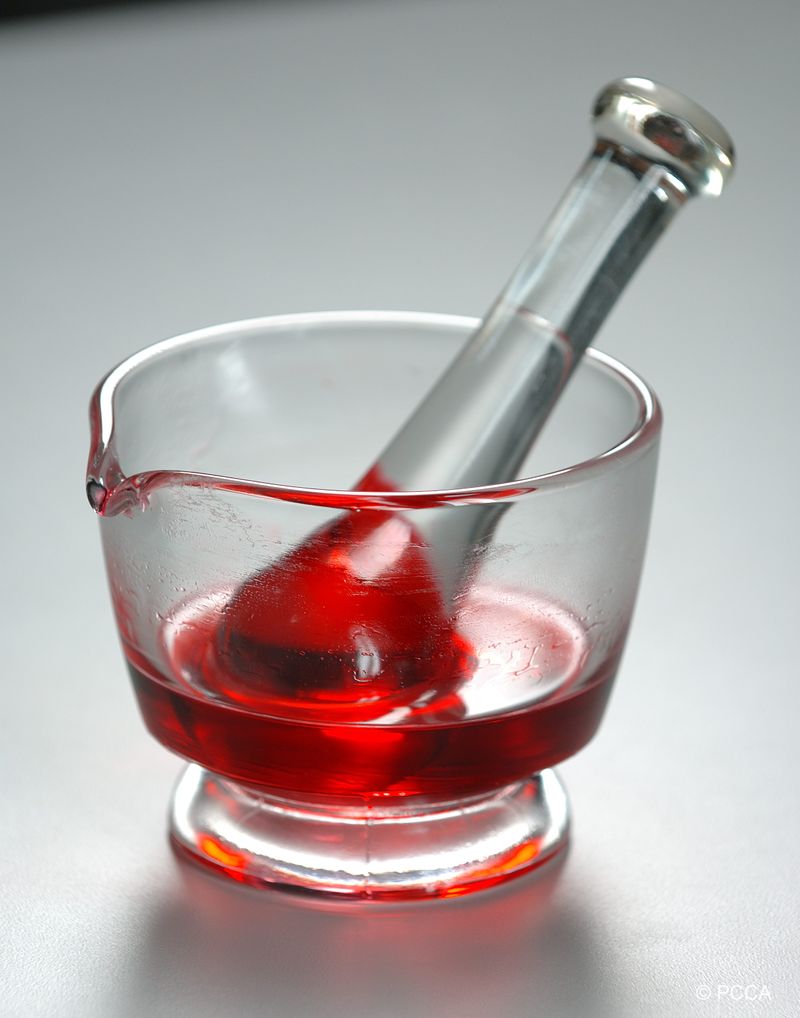
Women's Health
Ointments for Breast Health
- Triple nipple ointment (1:1:1)
- Mupirocin 2% ointment / Nystatin 100,000 units/gram / Betamethasone valerate 0.1% ointment
Jack Newman’s All Purpose Nipple ointment (1:1:2%:2%)
- Mupirocin 2% ointment / Betamethasone valerate 0.1% / miconazole 2% / Ibuprofen 2%
Vaginal dryness
- Vitamin E acetate 200 IU vaginal suppository
Vulvodynia
- Amitriptyline 2% / Baclofen 2% vaginal cream
- Gabapentin 6% / Amitriptyline 2% vaginal cream
- Baclofen 2% vaginal cream
- Gabapentin 6% vaginal cream
- Capsaicin 0.025% to 0.075% in olive oil
- Cromolyn 10% in petrolatum
- Traumeel 10% in crisco
Pelvic Floor Spasms
- Diazepam vaginal suppositories (1 mg to 20 mg): Can be compounded with boric acid or traumeel
- Baclofen 10 mg/Diazepam 10 mg vaginal suppository
Vaginitis or vaginal infections
- Hydrocortisone 10% vaginal cream
- Boric acid 600 mg vaginal capsules
Hemorrhoids and anal fissures
- Calcium channel blocker ointments (nifedipine 0.2% to 0.5%, nitroglycerin 0.2% to 0.4%, or diltiazem 2%) with or without lidocaine 1 to 5%
- Hydrocortisone 25 mg USP suppositories with or without lidocaine 1 to 5%
- Rectal rockets can include any combination of active ingredients such as any of the calcium channel blockers, hydrocortisone and lidocaine.
- Most commonly prescribed combination is hydrocortisone 2% with lidocaine 3%
- Rectal Rockets are uniquely designed suppositories for the treatment of hemorrhoids and anal fissures.The curvy front end provides easy insertion while also treating internal hemorrhoids. The flared bottom treats external hemorrhoids while also anchoring the suppository in place (so it won’t get lost within the rectum!). The opening in the middle allows for the passage of gas without disturbing the positioning of the suppository. With this design, hemorrhoids can now be healed in only 3 suppositories rather than 12!

Dental
Cold sore
- Acyclovir 5% / Lidocaine 1% lip balm
- Acyclovir 5% / Lidocaine 2% lip ointment
- Acyclovir 1% / Lidocaine 2% oral rinse ○ Lysine 5% / Lidocaine 1% lip ointment
Dental pain control
- Benzocaine 16.7% dental gel
- Tetracaine 3% dental gel
- Lidocaine 10% / Prilocaine 10% / Tetracaine 4% dental gel
- Lidocaine 10% / Prilocaine 10% / Tetracaine 4% dental ointment
Oral infection control
- Metronidazole 10% dental gel
Dry mouth
- Pilocarpine 5mg troche
- Xylitol 50 mg/mL oral rinse
- Xylitol 250 mg troche
Mitigation of bleeding due to procedure
- Tranexamic acid 5% solution
Oral Lichen Planus
- Triamcinolone 0.3% (3 mg/mL) oral rinse
